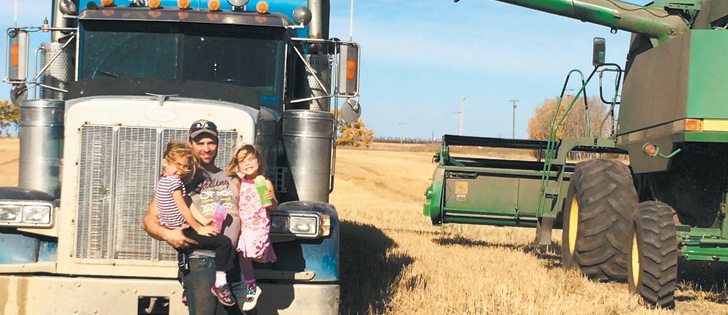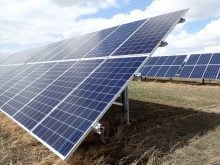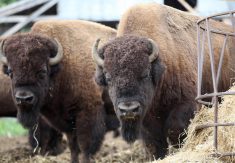After reading some of the headlines that were written immediately following the release of the 2011 census results earlier this month, it would have been easy to conclude that the population of rural Canada had plummeted.
Most media reported that the rural population continues to decline, and in proportion to the urban population, that is true.
But in real numbers, at least on the Prairies, that is false.
Saskatchewan’s rural population, defined by the census as areas with a pop-ulation of 1,000, or fewer than 400 people per sq. kilometre, actually grew by 10,020, or three percent — staunching a multi-decade decline. There are now 343,398 rural residents, representing 33.2 percent of the population.
Read Also

High prices see cow-calf producers rushing to incorporate
Farm accountants are reporting a steady stream of cow-calf producers rushing to get their operations incorporated ahead of selling their calves this fall.
In Manitoba, the rural population has been growing since the 1981 census, and grew by 10,200 between 2006 and 2011 to about 333,500 people, or 27.6 percent of the population.
Alberta is different because it has two large metropolitan regions, which affects the number of towns considered rural. However, even there, the rural population has risen over the last few censuses. Rural people make up 16.9 percent of the province, still a more-than-respectable 615,000 folks.
The growth of First Nations has had a significant effect on rural numbers, particularly in Manitoba and Saskatchewan, and so has immigration.
A large number of towns have also grown. In Manitoba, for example, Morden achieved city status in this census, while Neepawa grew by 10 percent because of the influx of immigrants now working at the HyLife pork plant. Steinbach, once a town, is now the third largest city in the province after Winnipeg and Brandon.
It’s important to note that we’re not really comparing apples to apples when we compare the 2011 census with, say, the 1951 census. At that time, towns like Martensville, Sask., and Steinbach were still rural. Today, they are cities.
As former Statistics Canada rural researcher Ray Bollman pointed out in a story last week, some rural areas gain enough people in each census to move into the urban category. Therefore, the proportional rural decline is even less precipitous than it looks.
The growth of Saskatchewan and Alberta rural communities is far more influenced by the boom in the resource sectors than in the agriculture sector. However, this boom is still in many respects a boon for the farming community.
Although growth generates issues, such as competition over water and land, the economics of having more taxpayers is positive for the maintenance of amenities in rural Canada, and for the support of small businesses of all kinds from restaurants to gas stations.
Governments are taking notice, but will have to do more in the future to keep up with the infrastructure that supports the economy. It’s hard to attract long-term workers to rural Canada if there isn’t a functional hospital nearby, or a school for their children. Road infrastructure is crucial and increasingly so because of rising traffic levels. Immigration policies should also be continually evaluated to ensure they are attracting the appropriate workers with the right skills to serve growing industries.
A vast amount of economic activity is taking place on the rural Prairies, which puts heavy money into provincial government coffers. Rural areas may not have the populations of the cities, but the amount of money generated there makes them an important part of the population and economic equation.
Therefore, governments cannot ignore the reasonably large number of voters living in villages and towns, on farms and those in small cities influenced by their rural roots. If we want rural people and newcomers to stay, good policy must make them welcome.
Bruce Dyck, Terry Fries, Barb Glen, D’Arce McMillan and Joanne Paulson collaborate in the writing of Western Producer editorials.














